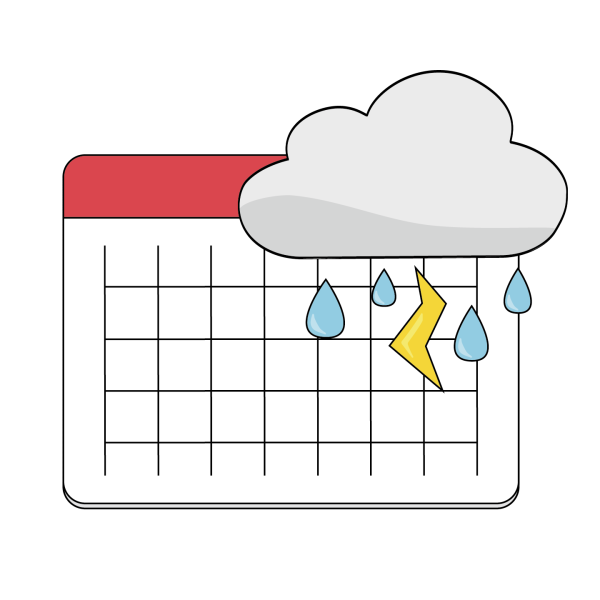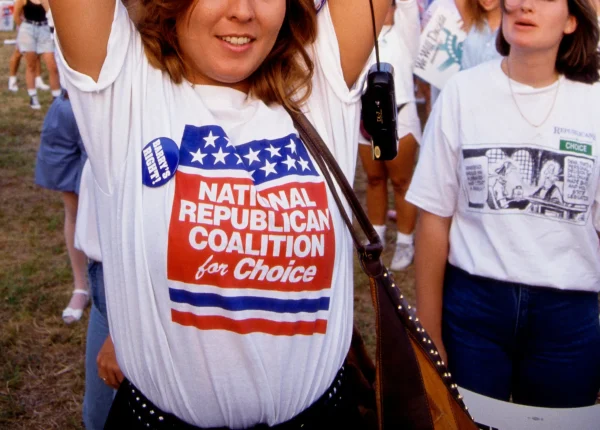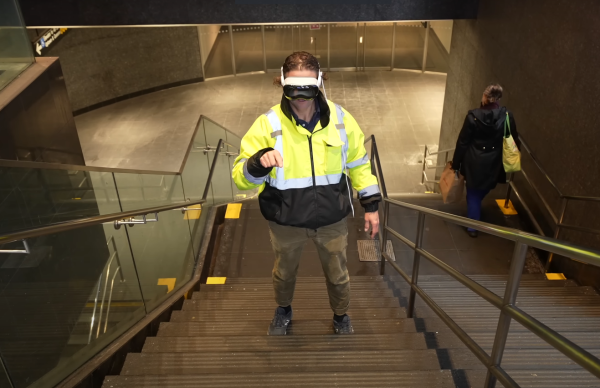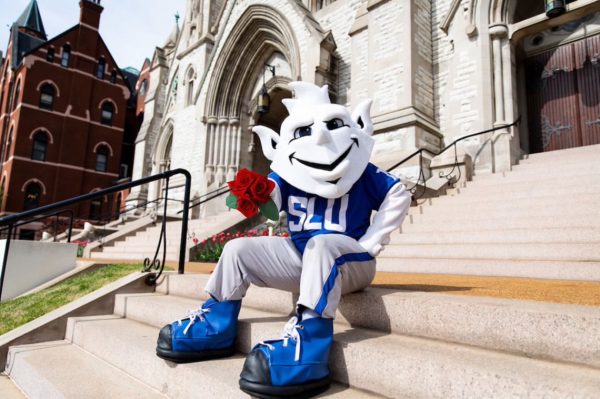Do Protests Work?
Last month, former St. Louis police officer Jason Stockley was acquitted of the 2011 murder of Anthony Lamar Smith, a black man. The decision launched a weekend of protests that engulfed our city and campus, and served as another episode in an ongoing national debate about racism in America’s criminal justice system. Increasingly often, cases such as this wrench the emotions of a city, and stir the people into an uproar to try and do something, or anything, to change things. But the question I had, as SLU students marched alongside the community through St. Louis —even our own campus — was how much would actually change? Specifically, is taking to the streets in mass protest actually effective in achieving political reform? More broadly, do protests work? The purpose of this article is not to say whether I think these protests in particular were or will be effective, but to examine historical data and look at what makes protest movements succeed or fail.
Most mass demonstrations rarely lead to immediate change, but can have a lasting impact on the political memory of society. The Civil Rights protests of the 1960s are a chief example of this; Shom Mazunder of Harvard found that in counties that experienced significant pro-Civil Rights demonstrations prior to the Voting Rights Act of 1965, whites today are: less racist as objectively defined by political scientists, more likely to support affirmative action, and on average three percent more likely to vote for Democrats, when adjusting for other variables. That may not seem significant, but take into account that in the 2016 election most swing states were decided by one percent of the vote or less. Mazunder then describes three main attributes that successful protests from all points of the political spectrum usually have (he includes analysis showing that the Tea Party protests of 2009 had a similar impact on the Civil Rights protests, but on a smaller and more immediate scale). Firstly, and most importantly, movements need organization; professionals who speak legalese and can do the tedious work of running political committees and provide the mechanisms for continued activism. Secondly, a clear message or platform with broad appeal, and thirdly, nonviolence. Globally, nonviolent protests are typically twice as effective in achieving their goals, according to Erica Chenoweth of the University of Denver and Maria Stephan of the U.S. Institute of Peace.
Author and economist Moisés Naím acknowledges these findings but emphasizes the importance of organization, saying in order for protests to be effective at all, they must be supported by institutions who continue to engage the community after the protest itself is over. Mobilizing a large number of people in a short amount of time through social media is great, but ultimately doesn’t mean anything if nobody continues to spread the message and put electoral pressure on politicians to implement reforms.
From the 1960s, the Tea Party protest, and the Black Lives Matter protests of today, it is clear that mass demonstrations rarely lead to immediate political change, and it is naïve to expect them to. On the contrary, protests are most useful as tools to increase awareness of political issues and catalyze further organization of the community, and in this way they can have immediate impacts on voter turnout, ideology, opinion of national developments and future activism. So, even if protests are unable to cause change immediately/directly, it is their lasting impact, their ability to bring attention to issues and the organizational and ideological bonds that they forge, which make them effective and worthwhile. Injustice and inequality are as potent tools as any to agitate the public will for reform, but there must also be those who educate and organize the masses into an effective political force, and protests can facilitate that, admittedly with great difficulty.
So, do protests work? Well, it depends. The data outlines consistently and with some clarity that mass demonstrations like what we saw after the killing of Anthony Lamar Smith are generally effective in bringing attention to issues and keeping the attention on them in the minds of the people, but lasting political change is harder to come by. There is proof of this on SLU’s campus; the student body is generally concerned about racial disparities and discrimination, and student organizations echo those sentiments. Therefore, SGA and student leaders are taking steps to address them on campus and put pressure on University administration, even as elected politicians at the state and federal level do very little, if anything at all, to address these issues. Peaceful protest can be productive, but they must be part of a larger body of organization, leading to mobilization. The goal should be to have a situation where people are not simply taking to the streets whenever something outrageous happens, but are instead constantly engaged and informed at the grassroots level to create real political momentum and clout. As long as protests serve the larger, long-term goals of a movement, they are warranted, and they can work.
Your donation will support the student journalists of Saint Louis University. Your contribution will help us cover our annual website hosting costs.









